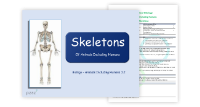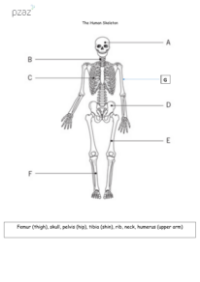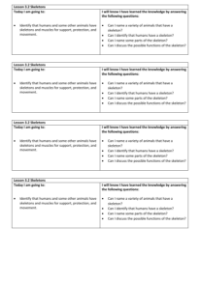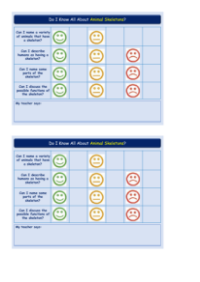Skeletons - Presentation
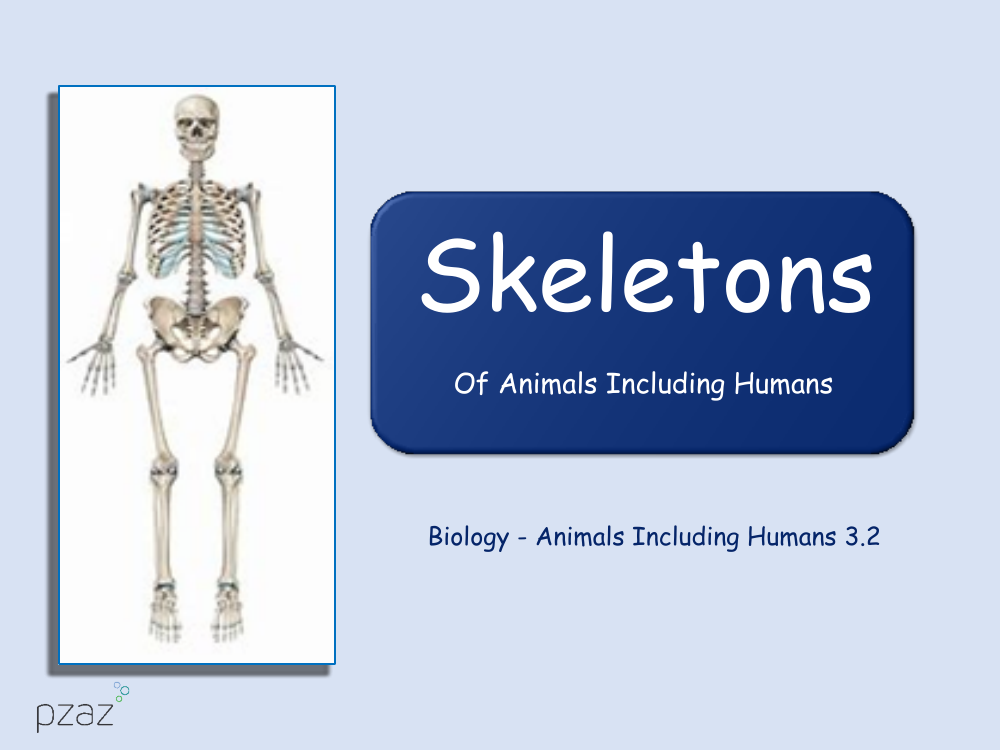
Science Resource Description
In a comprehensive exploration of skeletons within the 'Biology - Animals Including Humans' unit, students delve into the fascinating world of vertebrates—animals that possess a skeleton. The curriculum covers various aspects, including the identification of different bones within the human skeleton, the composition of bones, and their vital functions. A key learning highlight is the iconic Blue Whale skeleton named "Hope" displayed at the Natural History Museum in London, which serves as an intriguing real-world example of skeletal structure. The lesson also touches upon the importance of calcium in bone repair through the engaging story of Johnny, a young boy who learns about bone healing after breaking his arm.
The educational journey continues with hands-on activities such as creating life-size paper outlines of human bodies and hypothesizing the placement of bones, which are then drawn and labelled. Students also engage with models of human bones, discerning which ones offer protection and which facilitate movement. They examine X-rays of both human and animal skeletons, learning to identify vertebrates across various classes, including mammals, reptiles, fish, amphibians, and birds, and distinguishing them from invertebrates. An intriguing experiment on the effect of different liquids on bone strength further illustrates the science behind our skeletal system. The unit concludes with students consolidating their newfound knowledge by answering questions on the key concepts covered, ensuring a comprehensive understanding of the structure and function of skeletons in both humans and animals.

